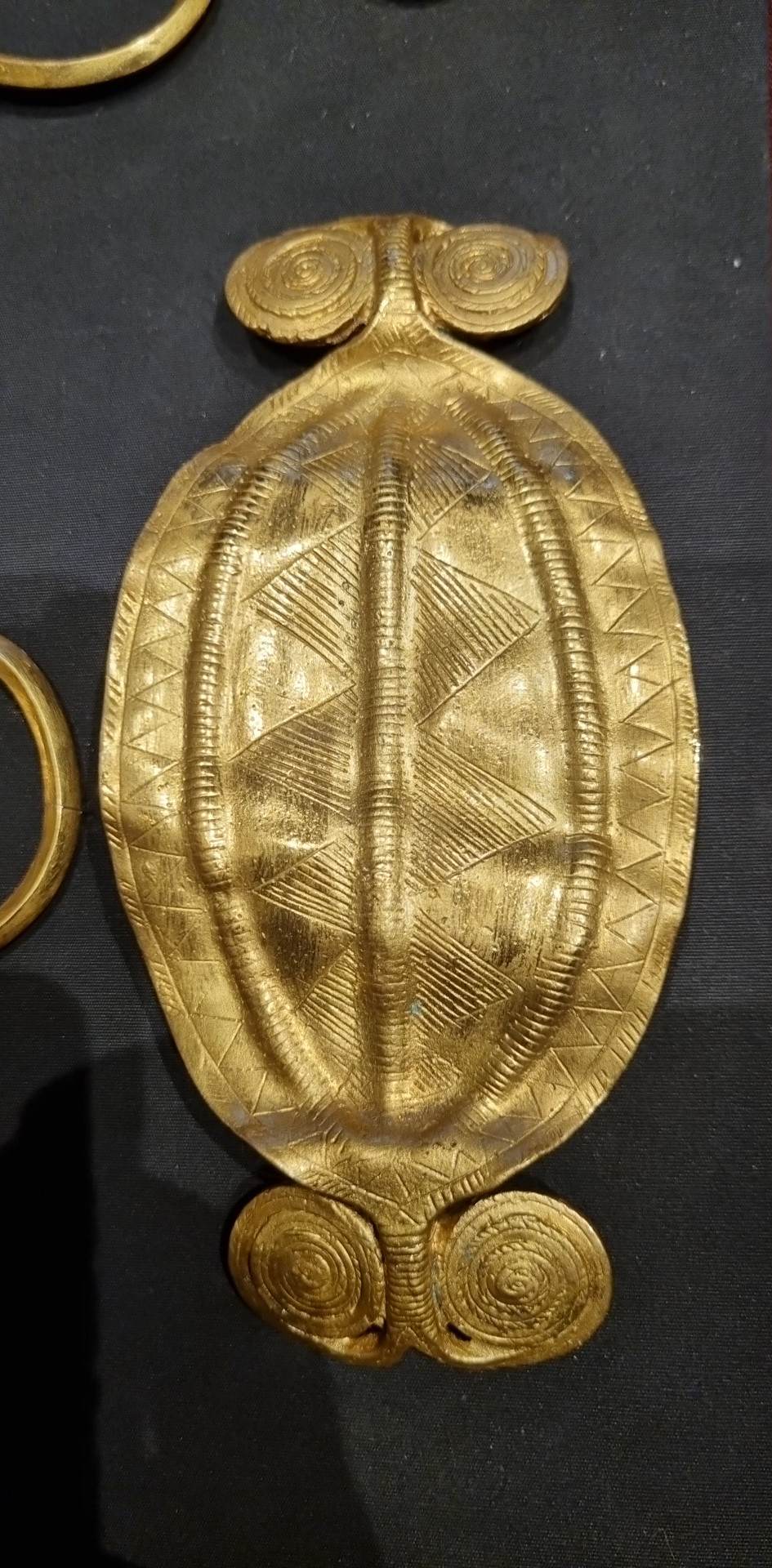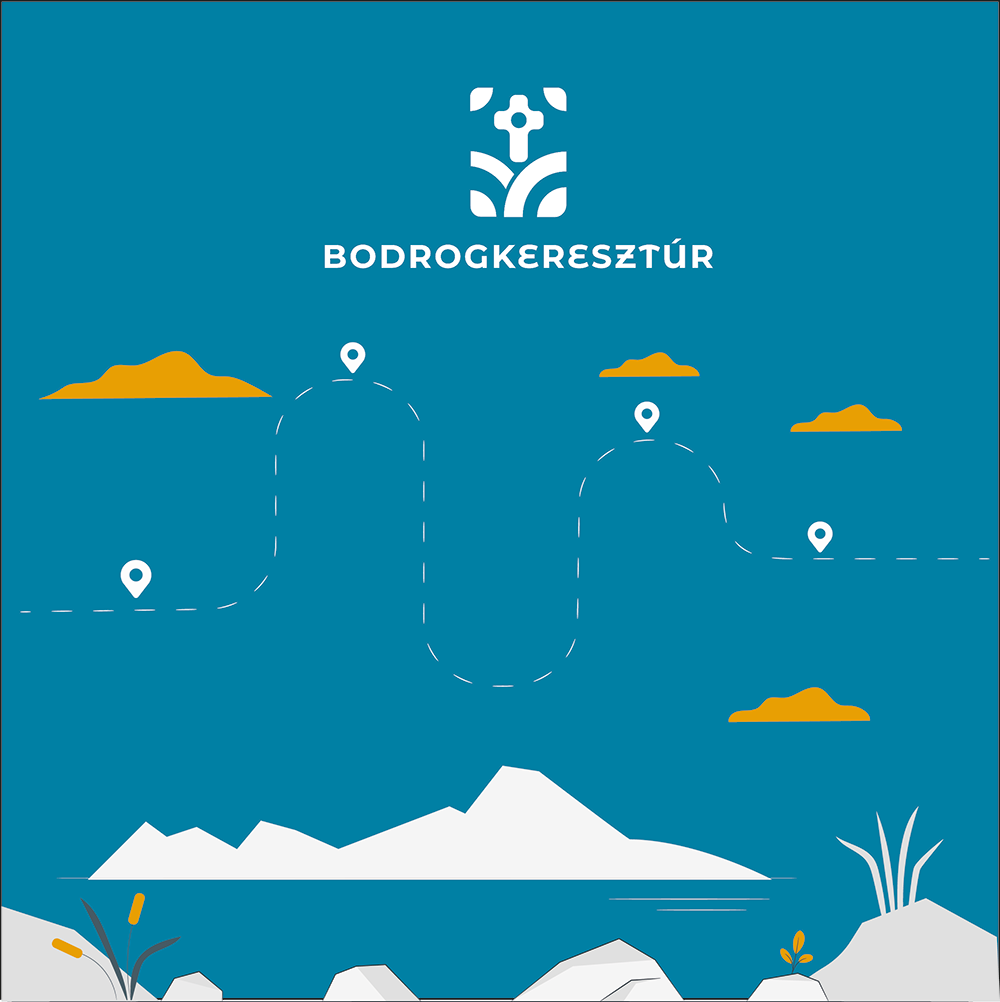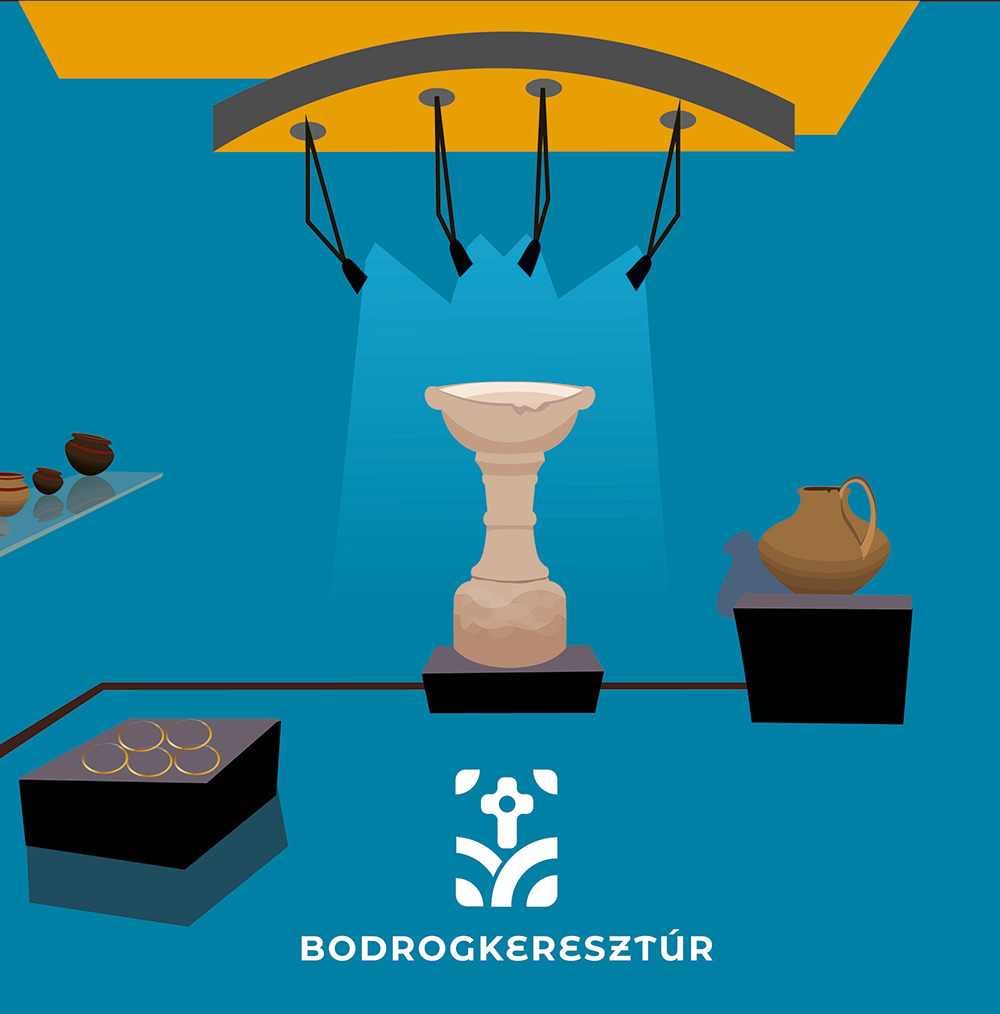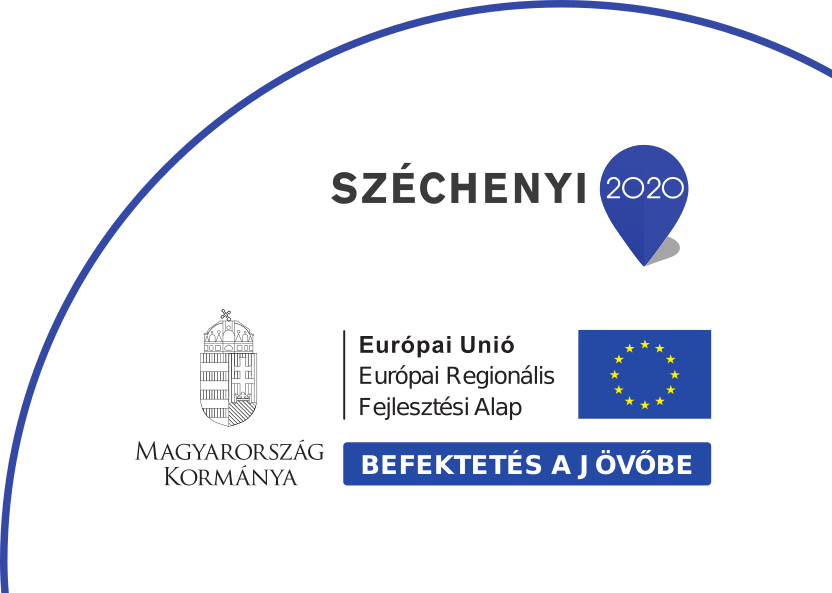Exhibition room: Treasure of Dereszla

Treasures of Dereszla
In 1918, the main street of Bodrogkeresztúr was still today's Felső utca (literal translation: Upper street). In the spring, a steep section of the road on the Dereszla hill became dangerous, so it was decided to lower the road to facilitate traffic from the station. However, the earthworks have brought unexpected results for Bodrogkeresztúr. On the afternoon of 26 April, one of the day labourers, János Subert, turned over a layer of earth the size and shape of a milk frog in the palm of his hand and found a pot carefully sealed with an earthenware plate, containing 21 gold rings and 2 gold plates.
Although the historical situation was not favourable for the research, with the support of Ernő Széchenyi-Wolkenstein, archaeological excavation of the area could start a few years after the discovery of the finds, during which 50 graves from a Bronze Age cemetery were excavated.
Small to medium-sized human remains were found in the cemetery, with the skeletons generally oriented west-east. The women lay on the left side of the tomb, facing south, the men usually had a flint knife under their heads, and were on the right side of the tomb, facing north. Based on the research, Hillebrand suggested that the Bodrogkeresztúr area was a major trading hub in prehistoric times, because the size of the cemetery indicates the proximity of a large human settlement. The obsidian piled up in the graves provided trade goods. The gold objects found on the dead are evidence of a highly developed culture. The gold must have come from Transylvania, where the gold industry flourished in prehistoric times.
All the skeletons were in a crouched position. Their hands and feet, Hillebrand says, may have been tied together out of fear of the dead coming home.
Interestingly, several double crypts were found where the dead were buried at the same time. According to Hillebrand, this suggests that the wife or slave followed her master to his death.
In the female graves, several rows of round, flat marble beads were found around the waist. Several pieces of dye stones have been found, which when moistened can produce yellow. Hillebrand stated that it was either used to paint clay or for ladies to paint their faces.
In the excavated cemetery, several ceramic vessels were found nested in front of the face and knees. These are on display in the next room.
See our little film about the treasures of Dereszla!
Routes with audioguide
Show all


